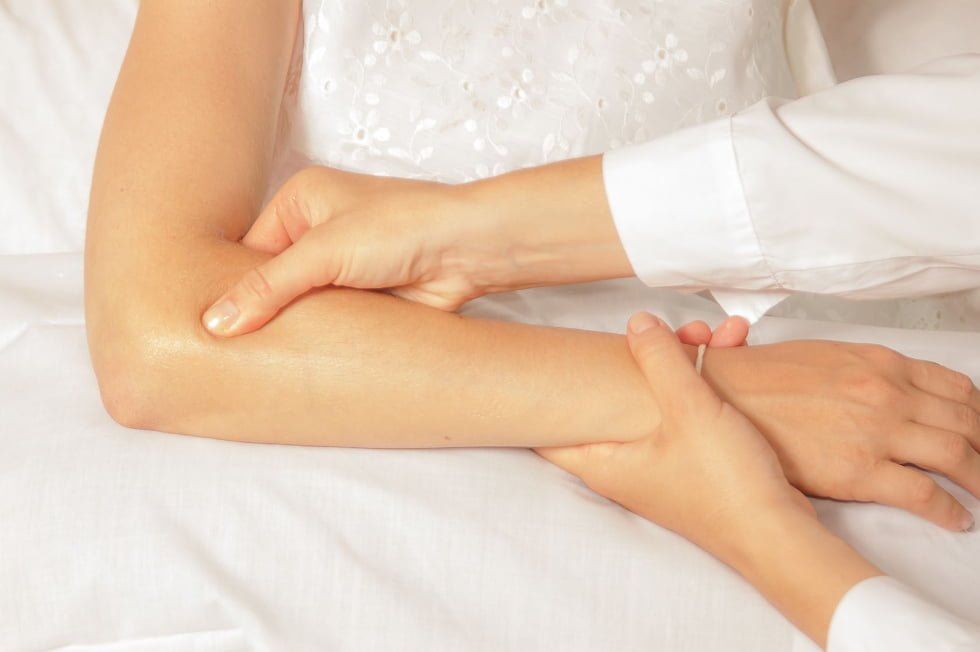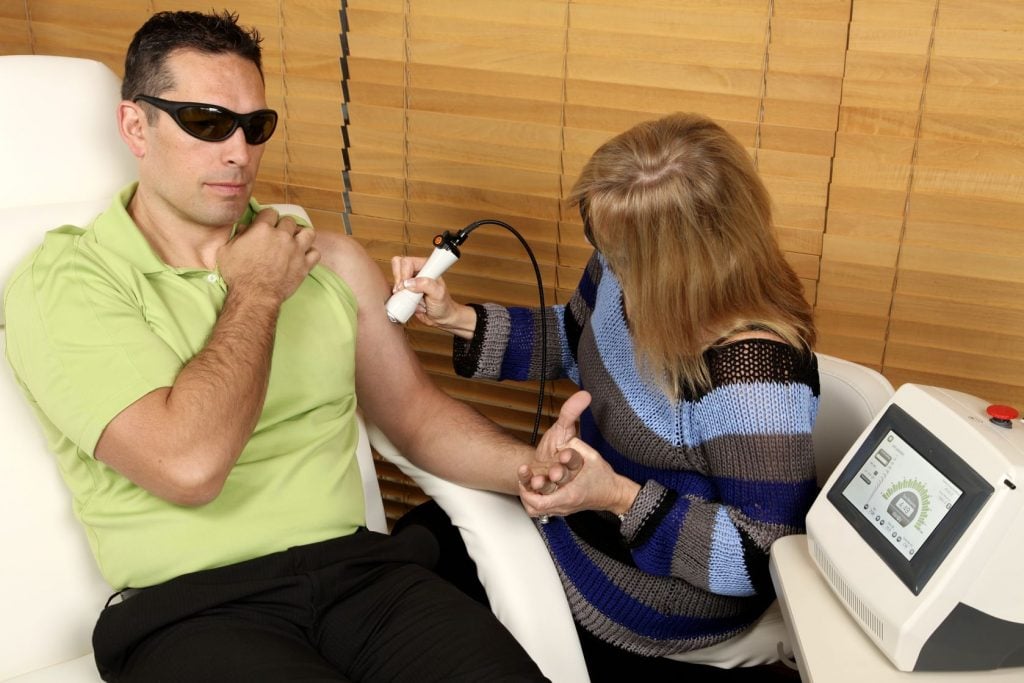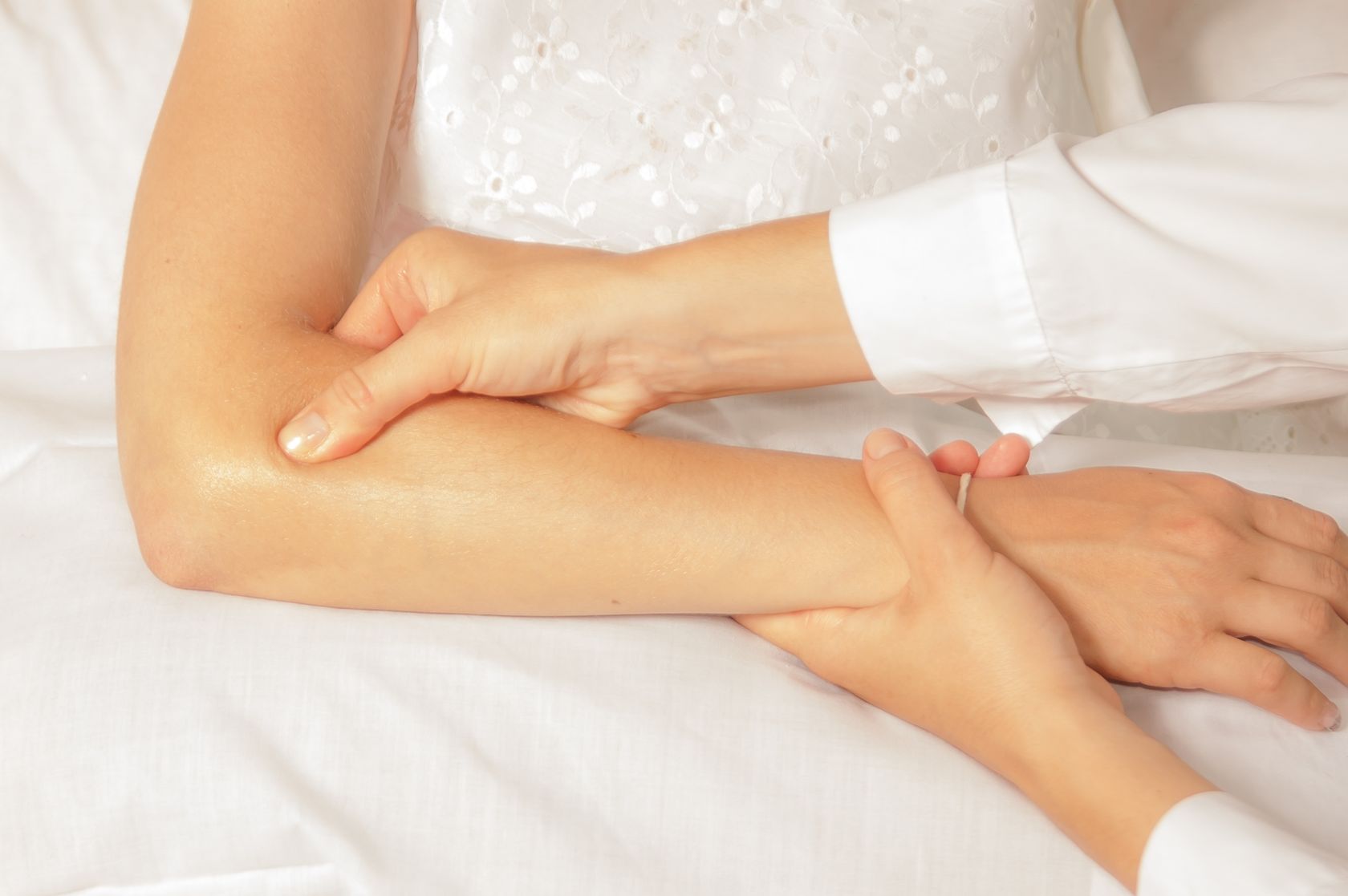Your cart is currently empty!
Tag: tendinosis
-

Physiotherapy for Tendinitis
Aims of Physiotherapy Treatment
In Tendinitis the aim is to reduce inflammation (for example using RICE) and you can expect to get better in approximately 6 weeks, although every case is different.
In Tendinosis it’s important to improve circulation and promote tissue healing. You should expect healing to take 3 to 6 months. Treatment may include cross friction massage, taping (for example with kinesio tape), trigger point acupressure or dry needle acupuncture, low level laser therapy and / or ultrasound.
Anti-inflammatory medications do not help tendinosis and cortisone injections may have an adverse effect, because they may actually inhibit collagen repair to the damaged tissues.
Enquire about our treatments for Tendinitis at Free2move.
-

Low Level Laser Therapy (Cold Laser)
Low Level Laser Therapy (Cold Laser)

What is Low Level Laser Therapy (LLLT)
LLLT or Cold Laser is a painless, non-invasive form of light therapy which is thought to stimulate a healing response in tissues such as muscles, blood vessels, bone, nerve, skin, ligaments, tendons and other connective tissue. The laser beam we use is in the infra-red range of the spectrum. Because it’s wavelength is beyond the red end of the spectrum of visible light, its beam is invisible.
Laser differs from visible light because it has a single coherent wavelength rather than a range of wavelengths (which are what give visible light it’s range of colours). Unlike light, a laser beam does not diverge, but remains parallel and this allows it to be focused in a precise way. Our Laser is different from medical Lasers used in surgery, as it does not generate heat and therefore cannot burn tissue (which is why it is sometimes called Cold Laser). Laser treatment is painless and there is no vibration or sound when it is emitted.
How does Low Level Laser Therapy work?
The simplest answer is that we don’t know. The main theory suggests that it affects metabolism at the level of the cells, bringing about chemical reactions which accelerate cellular metabolism. This is thought to result in more faster cellular repair and regeneration with the formation of healthy new cells. It may also work by improving the blood supply to an area. It may reducing pain by it’s effects on the nerve endings and by stimulation of the body’s own pain relieving chemicals (such as endorphins and seratonin).
What conditions seem to respond well to Low Level Laser Therapy?
Laser can be helpful for pain relief, reduction in swelling, promoting tissue healing and reduction in the formation of fibrous scar tissue.
Conditions reported in the scientific literature to respond to Laser include pain relief and tissue healing, especially:- Back Neck and Knee Pain
- Shoulder Pain
- Fibromyalgia and Chronic Pain
- Arthritis
- Carpal Tunnel Syndrome
- Tennis Elbow
- Ankle Sprains
- Tendinitis and Tendinosis
- Ulcers / Wound Healing
- Painful Scar Tissue
What is the Scientific Evidence for Low Level Laser Therapy?
LLLT is an emerging modality that looks like it will result in a multitude of effective new treatments. It has not yet gained widespread acceptance because the body of scientific research supporting it’s effectiveness is still small. More research needs to be done to show which conditions it is most useful for and what the doseage should be. Quite a lot of the current evidence comes from studies on animals such as mice, though there have been some encouraging human studies.
Free2Move recommends Low Level Laser Therapy as part of a normal Physiotherapy treatment programme rather than as a stand alone treatment. Because is is a relatively new treatment, results cannot be guaranteed.
What are the risks of Low Level Laser Therapy?
The main risk is to the retina of the eyes. The intense and focused beam can damage the eyes if it shines directly into them. Safety glasses are worn at all times during treatment to prevent this damage. As an additional precaution, the Laser beam is never turned on until it is placed on the skin. Because the Laser cannot be seen, a blue light indicates that the machine is working and is an added safety feature. Laser should not be done over the ovaries, testicles, thyroid or pregnant uterus. There are some other contraindications to Laser for which you should be screened by your therapist. Provided these precautions are taken there are no known negative side effects.
Read about Exercise, Imaging and Laser for Shoulder Pain
More info: Please call Free2Move on 0405 97 2211 or email info@free2move.com.au
-

Tendinitis or Tendinosis

Tendinitis or Tendinosis
Tendinitis and Tendinosis are distinctly different from each other and often misdiagnosed.
Tendinitis is caused by an inflammatory process. It’s often the result of repetitive strain on a tendon from overuse. Less often it’s caused by a specific event or injury. Treatment may include anti-inflammatory medications and rest.
If left untreated for 2 or 3 months it may progress to become tendinosis.
Tendinosis is thought to result from micro-trauma to a tendon resulting in degenerative changes and failure to heal. There may be weakness of the tendon’s structure, increasing the risk of rupture. It is more difficult to treat than tendinits. Anti-inflammatory medications and cortisone injections are usually not helpful. They may even worsen the problem.
Physiotherapy Treatment for Tendinitis / Tendinosis
Early diagnosis and treatment from an experienced Physiotherapist can make a huge difference to the outcome. At Free2Move we almost always prescribe exercises, because we believe that exercise and movement are essential to the long-term healing process. The right type and level of exercise helps improve circulation and stimulates the healing process. Exercises with put too much stress on the tendon could cause further damage.
Gentle stretches, self-massage techniques and eccentric strengthening exercises are often very helpful. Taping with stretchy ‘kinesiotape’ such as Rocktape helps reduce the load on the tendon so it can heal. Trigger point dry needling (a form of acupuncture) is often effective, as is Low Level Laser therapy.
We can also advise about how you can improve your ergonomics to reduce future strain on the area. It’s all part of our approach, which is to empower you to help yourself get better, rather than to become dependent on long-term treatment.
Examples of tendinitis which respond well to Physiotherapy treatment are Achilles Tendinitis, Tennis Elbow (lateral epicondylitis), Golfer’s Elbow (medial epicondylitis), Plantar Fascitis (causing foot pain), Patellar Tendinitis (causing knee pain) and Supraspinatus Tendinitis (causing shoulder pain).
Read More about Physiotherapy treatments offered at Free2Move
